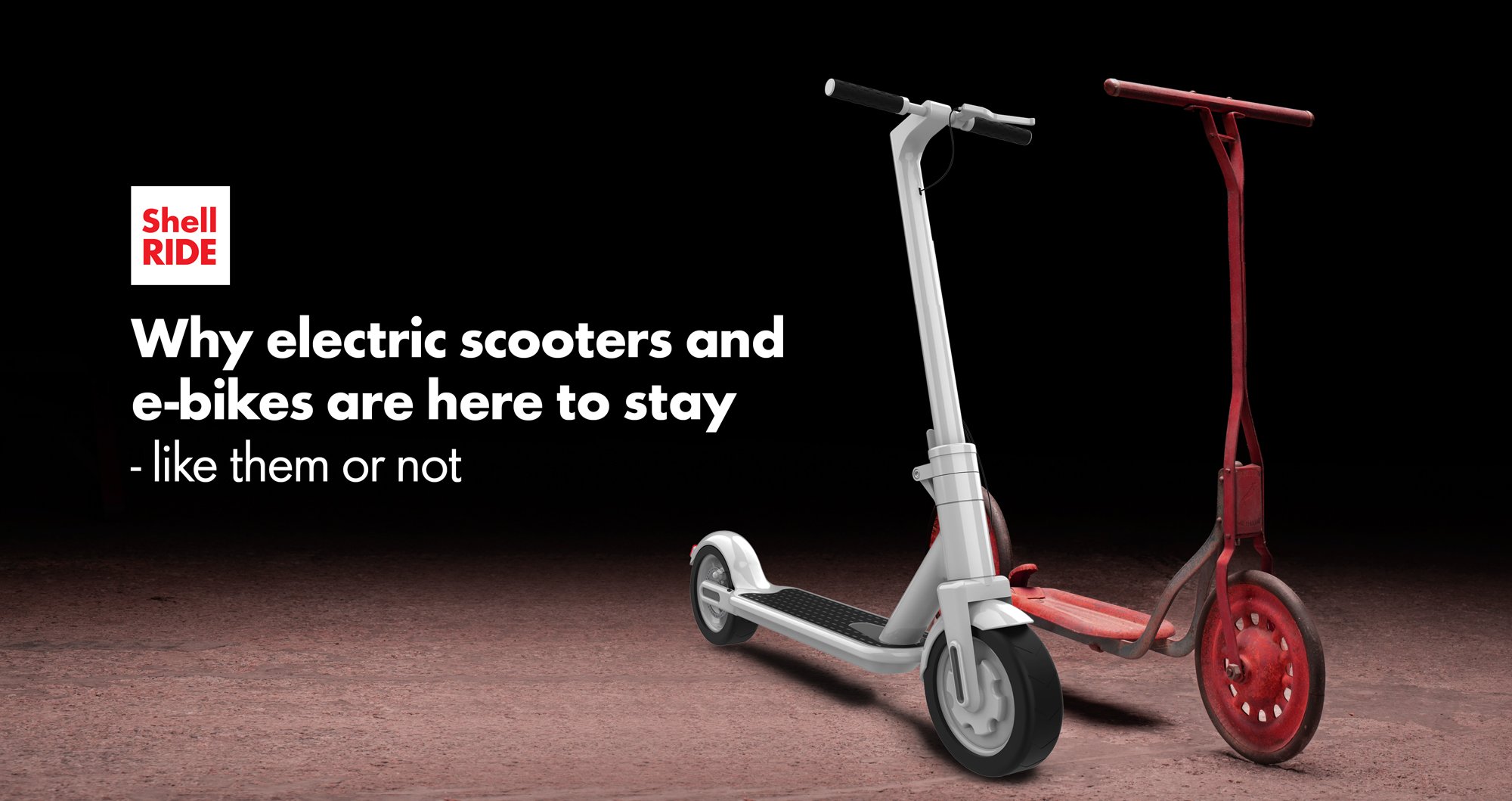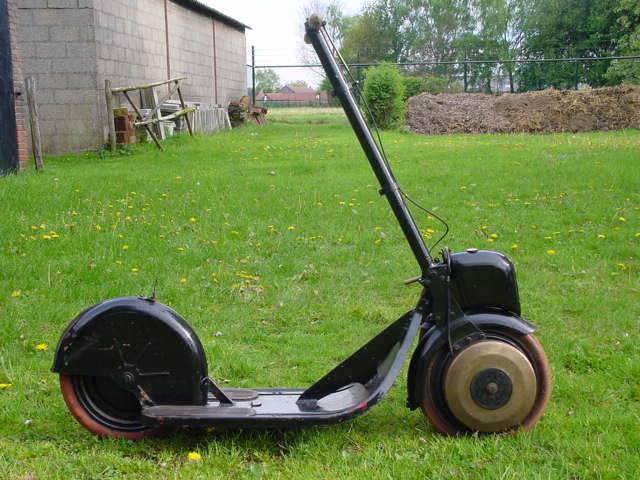
Why electric scooters and e-bikes are here to stay - like them or not
Historical reflection is a good discipline for anyone in any time they find themselves. When did scooters even become a thing? How did we get to where we are now with the increasingly booming era of the electric scooter? Perhaps a little historical reflection will help us reconcile why we are where we are with the e-scooter.
Though the concept of the scooter goes back to the mid 1800s, for time’s sake, let’s scroll up to early 21st century America. The Autoped (called the truest predecessor of the modern scooter) was the first mass-produced scooter in the U.S., and though not electric at that time yet, it is best explained as resembling a bulky, toy-like children’s scooter with a front mounted engine. Traffic and chaotic road systems is not a modern urban issue, and even back before traffic lights were a thing and cars weren’t a common commodity that most owned, people were navigating the roads on their newfound freedom with the scooter. Even women and the middle class were enjoying these scooters, thankfully not limited to wealthy ownership, at this time.
 By Yesterdays Antique Motorcycles en Classic Motorcycle Archive, CC BY-SA 3.0, LINK
By Yesterdays Antique Motorcycles en Classic Motorcycle Archive, CC BY-SA 3.0, LINK
Well, the scooter came a long way, and by the 30s in America, where industry and roads had greatly changed, the scooter was becoming a way of getting errands done around town, not merely a recreational tool, as it had previously been. Fast forward into the next century, and here we are today, looking at yet another progression for the scooter: electric modes of transportation that are driving an industry towards meeting the current needs of a planet and its population. The high speeds of the scooter, questionable road systems, and unreliable anatomy of the scooter at this time, though, halted further production and expansion of the scooter. Yet, it’s time was on the horizon.
The appearance of other brands, electric scooters for children, and scooter wars fought between ride-sharing companies, a number of logistical legal disputes, and many other challenges and phases in between, the golden age of the scooter finally rose to the horizon on which we gaze.
As much as we might not want to face it, planet preservation, pollution, population, and rising costs of fuel are among the top reasons that the rise in electric scooters has climbed at a steady, and even rapid pace. The use of electric transportation is a part of our near and distant future. E-scooter statistics are predicting that by 2028, there will be approximately 129 million e-scooter and motorcycle units running on the roads globally. E-scooter rental is another astonishingly growing market. According to research by Morningstar, total revenue for the e-scooter rental industry will rise by 21% (nearly $5 billion), and include countries like the U.S., Canada, Latin America, and Europe. A couple of years ago, eBicycles.com gave a report that the electric bicycle market was estimated at $15.42 billion, though it is predicted to have a CAGR (Compound Annual Growth Rate) of 7.49% between 2020-2025.
Though for many this may seem like an unwelcome electronic take over, there is a comfort in knowing that not only has mankind always found ways to adapt to current needs in invention, but also that the scooter is part of older America. There’s a tinge of nostalgic charm in reinventing and remodeling much of what those great inventors before us began. We may even find it likened to good, old Henry Ford and that car trend he started. Let’s be open to what the future holds, while gazing upon what the past has offered us.
